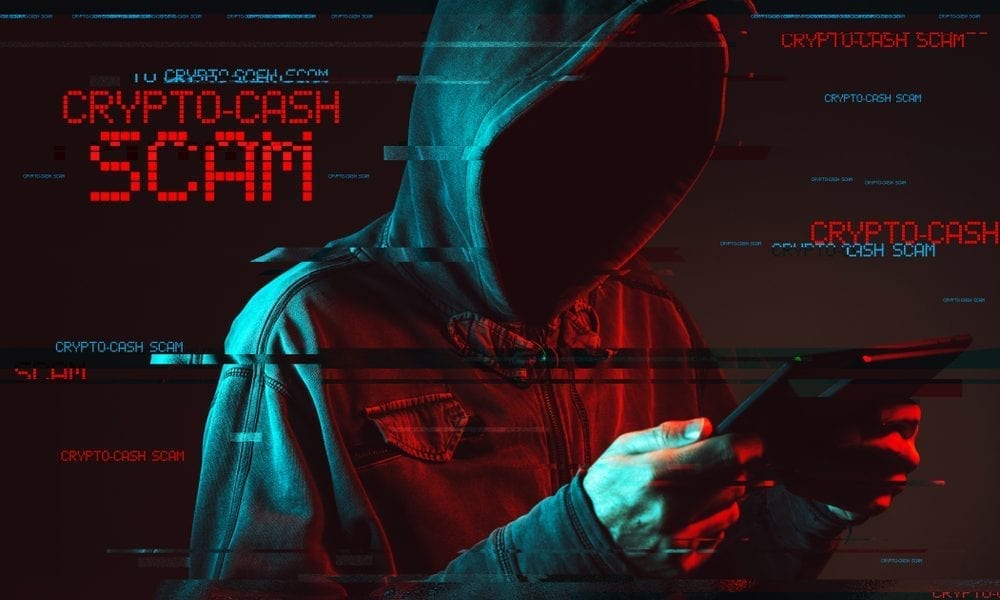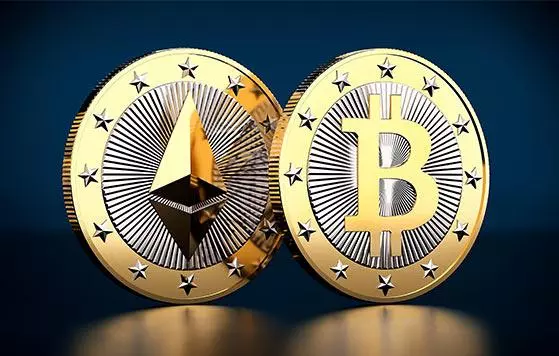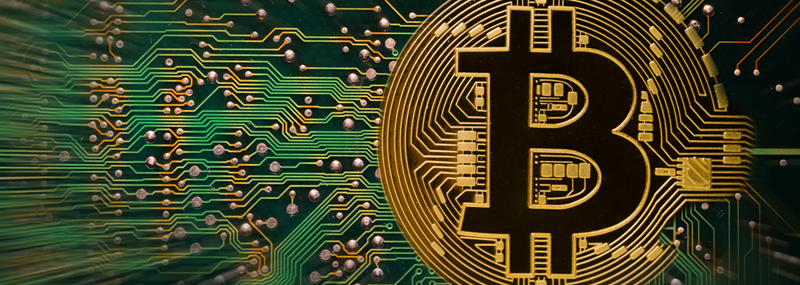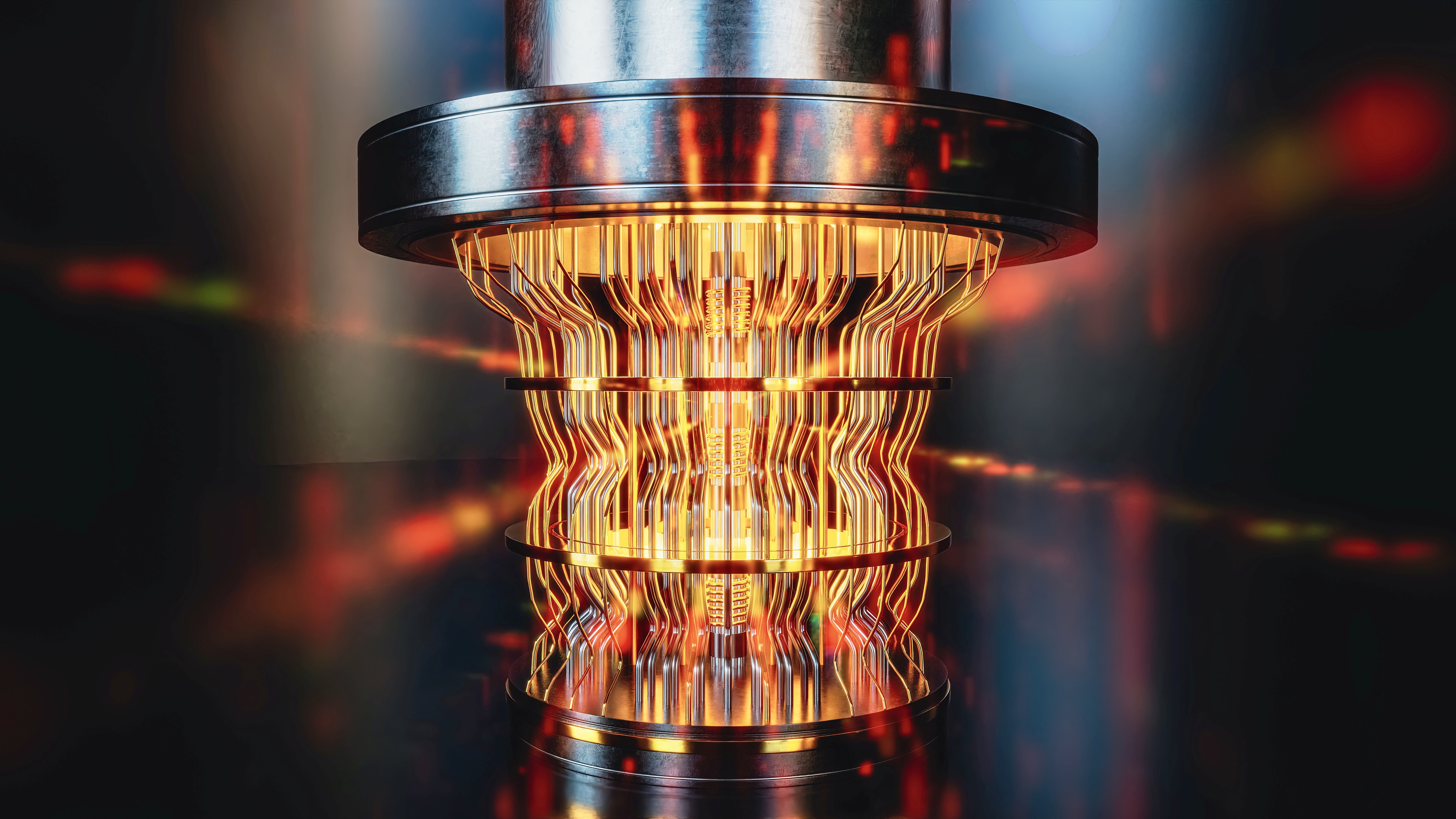Crypto scammers use a wide variety of tactics online, often blending social engineering with technical deception. Here are the top ways they try to scam you:
🔟 Top Online Crypto Scams
1. Phishing Websites & Fake Wallets
-
Fake versions of popular wallets or exchanges (like MetaMask, Binance, Coinbase).
-
You’re tricked into entering your seed phrase or login credentials.
-
URLs are slightly altered: e.g.
coinbsae.cominstead ofcoinbase.com.
How to spot it: Double-check the URL, use bookmarked sites, never share your seed phrase.
2. Impersonation Scams (Support or Influencers)
-
Scammers pose as official support agents or crypto influencers.
-
Found on Reddit, Discord, Telegram, or Twitter/X.
-
They might offer to "help recover funds" or "double your crypto."
How to spot it: Real support never DM’s first. No one reputable will ask for your private keys.
3. Giveaway Scams (Elon Musk, Airdrops, YouTube Lives)
-
“Send 0.1 BTC, get 1 BTC back!”
-
Fake Elon Musk livestreams or tweets, fake airdrop events on X or YouTube.
-
Often promoted with bot comments or hacked verified accounts.
How to spot it: No legitimate giveaway ever asks for your crypto first.
4. Pump and Dump Groups
-
You’re invited to join a Telegram/Discord group that “knows the next 100x coin.”
-
Group admins buy early, pump the price, then dump it on followers.
How to spot it: If someone is offering you inside trading tips for free, it’s not legit.
5. Fake Apps and Extensions
-
Fraudulent versions of wallet apps or browser extensions.
-
Often found outside of official app stores or through search ads.
How to spot it: Always download from official sources. Check developer info and reviews.
6. Rug Pulls (DeFi or NFT Projects)
-
New token or NFT hyped online with false promises and paid influencers.
-
Once enough people invest, the developers vanish with the funds.
How to spot it: Anonymous devs, no roadmap, no audits, too-good-to-be-true returns.
7. Fake Exchanges and Trading Bots
-
You’re shown fake gains, but withdrawals are blocked unless you deposit more.
-
Some ask for upfront “taxes” or “unfreezing” fees.
How to spot it: No reputable exchange asks for fees outside of normal transactions.
8. Romance Scams (Pig Butchering)
-
Long con: Scammer builds an online relationship, then introduces crypto “investment opportunity.”
-
Victim is convinced to deposit into a fake exchange controlled by the scammer.
How to spot it: If a new online relationship quickly turns into an investment pitch, it’s a scam.
9. Email & SMS Phishing
-
Fake security alerts from Coinbase, Binance, or hardware wallet companies.
-
Contains urgent language, asks for logins or crypto transfers.
How to spot it: Always verify directly on the app or website. Don’t click email links.
10. Malware and Clipboard Hijackers
-
Malicious software changes copied wallet addresses to the scammer’s.
-
Targets copy-paste behavior during transactions.
How to spot it: Always double-check the address before sending. Use hardware wallets.
🛡️ How to Stay Safe
-
NEVER share your seed phrase or private key.
-
Use 2FA and a hardware wallet.
-
Bookmark official crypto websites.
-
Be skeptical of unsolicited messages.
-
If it sounds too good to be true, it is.
🔟 क्रिप्टो स्कैमर्स आपको ऑनलाइन ठगने के शीर्ष तरीके
1. फिशिंग वेबसाइट्स और नकली वॉलेट्स
-
लोकप्रिय वॉलेट्स या एक्सचेंजेस (जैसे MetaMask, Binance, Coinbase) की नकली वेबसाइटें।
-
आपको लॉगिन डिटेल्स या सीड फ्रेज डालने के लिए बहकाया जाता है।
-
URL हल्का सा बदला होता है: जैसे
coinbsae.comकी जगहcoinbase.com।
कैसे पहचानें: हमेशा URL ध्यान से जांचें, भरोसेमंद साइट को बुकमार्क करें, और कभी भी अपना सीड फ्रेज शेयर न करें।
2. इंपर्सनेशन स्कैम (सपोर्ट या इंफ्लुएंसर बनकर)
-
स्कैमर खुद को आधिकारिक सपोर्ट एजेंट या प्रसिद्ध क्रिप्टो व्यक्ति बताते हैं।
-
Reddit, Telegram, Discord या Twitter/X पर मिलते हैं।
-
ये "आपके फंड वापस दिलवाने" या "क्रिप्टो डबल करने" का दावा करते हैं।
कैसे पहचानें: असली सपोर्ट कभी पहले मैसेज नहीं करता। कोई भी भरोसेमंद व्यक्ति आपसे सीक्रेट की मांग नहीं करेगा।
3. गिवअवे स्कैम (Elon Musk, एयरड्रॉप, YouTube लाइव)
-
"0.1 BTC भेजो, 1 BTC पाओ!"
-
नकली Elon Musk लाइवस्ट्रीम या ट्वीट, नकली एयरड्रॉप इवेंट।
-
बॉट कमेंट्स या हैक किए गए वेरिफाइड अकाउंट से प्रचार।
कैसे पहचानें: कोई भी वैध गिवअवे आपसे पहले पैसा मांगकर इनाम नहीं देता।
4. पंप एंड डंप ग्रुप्स
-
Telegram/Discord पर "100x कॉइन" का वादा करते हैं।
-
ग्रुप एडमिन पहले खरीदते हैं, फिर सबको खरीदने को कहते हैं, फिर प्राइस बढ़ने पर बेच देते हैं।
कैसे पहचानें: जो आपको अंदरूनी ट्रेडिंग टिप्स मुफ्त में दे रहा है, वह सच्चा नहीं हो सकता।
5. नकली ऐप्स और एक्सटेंशन
-
फर्जी वॉलेट ऐप्स या ब्राउज़र एक्सटेंशन।
-
आमतौर पर प्ले स्टोर के बाहर या सर्च एड्स के जरिए मिलते हैं।
कैसे पहचानें: केवल आधिकारिक स्रोतों से डाउनलोड करें। डेवलपर और रिव्यू चेक करें।
6. रग पुल (DeFi या NFT प्रोजेक्ट्स)
-
नए टोकन या NFT का ज़बरदस्त प्रचार, लेकिन झूठे वादे।
-
एक बार पैसा इकट्ठा होने के बाद, डेवलपर गायब हो जाते हैं।
कैसे पहचानें: गुमनाम डेवलपर्स, बिना रोडमैप, बिना ऑडिट, अविश्वसनीय रिटर्न।
7. नकली एक्सचेंज और ट्रेडिंग बॉट्स
-
फर्जी मुनाफा दिखाते हैं, लेकिन पैसा निकालने पर रोक लगा देते हैं।
-
कई बार "टैक्स" या "अनफ्रीजिंग फीस" मांगते हैं।
कैसे पहचानें: कोई वैध एक्सचेंज लेन-देन के अलावा अतिरिक्त शुल्क नहीं मांगता।
8. रोमांस स्कैम (Pig Butchering)
-
ऑनलाइन रिश्ता बनाकर आपको भरोसे में लेते हैं।
-
फिर नकली क्रिप्टो "इनवेस्टमेंट" की सलाह देते हैं।
-
पैसा फर्जी वेबसाइट में जमा करवाते हैं जो स्कैमर के कंट्रोल में होती है।
कैसे पहचानें: अगर नया रिश्ता जल्दी निवेश की बात करने लगे — सावधान हो जाइए।
9. ईमेल और SMS फिशिंग
-
नकली सिक्योरिटी अलर्ट (Coinbase, Binance, आदि से) भेजते हैं।
-
तुरंत एक्शन लेने के लिए कहते हैं और लॉगिन डिटेल्स या पैसा मांगते हैं।
कैसे पहचानें: सीधे ऐप या वेबसाइट पर जाकर जांचें। ईमेल लिंक पर क्लिक न करें।
10. मैलवेयर और क्लिपबोर्ड हाइजैकर्स
-
दुर्भावनापूर्ण सॉफ्टवेयर जो कॉपी किए गए वॉलेट एड्रेस को बदल देता है।
-
जब आप क्रिप्टो भेजने वाले होते हैं, तो वह स्कैमर के एड्रेस में बदल देता है।
कैसे पहचानें: ट्रांसफर करने से पहले वॉलेट एड्रेस को हमेशा जांचें। हार्डवेयर वॉलेट का उपयोग करें।
🛡️ सावधान रहने के तरीके
-
कभी भी अपना सीड फ्रेज या प्राइवेट की शेयर न करें।
-
2FA और हार्डवेयर वॉलेट का इस्तेमाल करें।
-
आधिकारिक वेबसाइट्स को बुकमार्क करें।
-
अनजान मैसेज से सतर्क रहें।
-
अगर कोई ऑफर बहुत अच्छा लग रहा है, तो वह स्कैम हो सकता है।
Hope you bought the dip. https://t.co/P13m3r5eee
— CZ 🔶 BNB (@cz_binance) July 9, 2025











:max_bytes(150000):strip_icc()/terms_s_stablecoin_FINAL-89e1671b1f24486b84b74cebe6836573.jpg)


